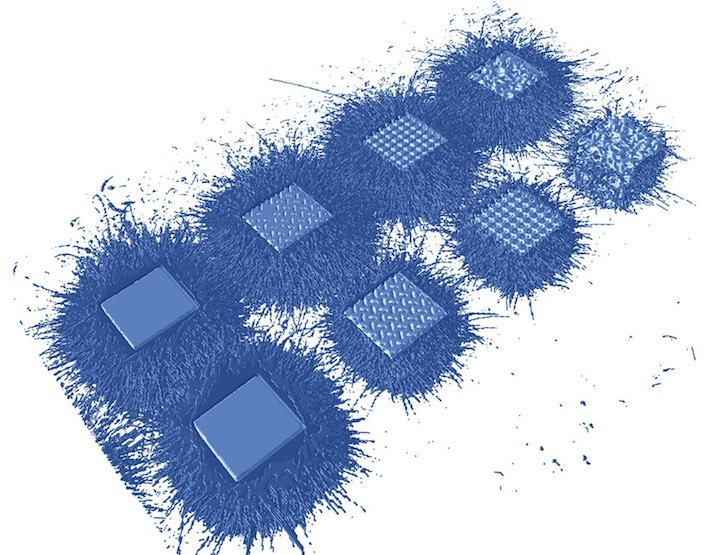Test results using Linde’s new process gas mixture demonstrate a 35% decrease in spatter emissions, significantly reducing the risk of defective parts
The correct atmospheric gas mixture in the print chamber is essential for high quality, ease of qualification and repeatable products
Linde and 3D Medlab, division of Marle Group, collaborate to test optimal atmospheric solutions
Linde (NYSE: LIN; FWB: LIN) today announced the results of the testing of its new process gas for the optimization of the additive manufacturing of medical components. The introduction of the novel gas mixture comes on the back of earlier promising results from a joint development program between Linde and 3D Medlab – now part of Marle Group - to improve quality and productivity of advanced thin medical devices made from Ti64.
The study - undertaken between January 2020 and March 2021 – investigated the effect of the new process gas on spatter formation and process stability during laser powder bed fusion (L-PBF) of Ti64 lattice structures and their resulting properties. Process monitoring with optical tomography pictures showed that spatter emission was significantly reduced when working with argon-helium mixtures compared to argon alone. Research results have confirmed that Linde’s unique argon-helium gas mixture decreases spatter emissions by 35%, considerably reducing the risk of manufactured defective parts and improving overall surface quality.
“The ability to print reliably repeatable products is key to improving product qualification, which is crucial for the medical industry”, said Sophie Dubiez-Le Goff, Expert Powder Metallurgy for Additive Manufacturing, Linde. “Additionally, from a commercial perspective, printing time is the greatest single cost element in additive manufacturing, but this can be speeded up for thin parts by using just the right atmospheric gas mixture. Linde’s novel argon-helium mix has been developed to do just that and is a major step forward in the manufacture of titanium medical devices.”
Levels of porosity and surface quality are fundamental factors in the quality of mechanical properties of highly intricate parts, by ensuring the finished product is as close to the original design specification as possible and also that fewer metal powder parts can potentially be released into the human body.
“Porosity is the first criteria we look at in terms of defining the quality of an additive manufactured medical device”, said Gael Volpi, Head of Additive Manufacturing, Marle Group. “The results of our joint atmospheric gas study with Linde shows that the right balance of helium to argon in the process gas mixture - and ease of implementation - can make all the difference to both quality of output and productivity.”
The inert gas within the print chamber is a critical element which can affect both part quality and overall production speed, so the study was primarily aimed at assessing the ideal gas mixture to optimize both outcomes. When using argon alone, it was observed during testing that there was a significant amount of spatter – or molten metal particles caused by the laser - splashing against adjacent parts being printed. Spatter on highly intricate parts is undesirable, resulting in less fine quality of part threads. Additionally, the use of pure argon resulted in a level of porosity which Linde and 3D Medlab engineers believed could be significantly improved
“Higher productivity was not reached at the expense of quality”, emphasized Sophie Dubiez-Le Goff. “On the contrary, thanks to the new process gas mixture being so effective in reducing porosity content by 70% - according to micro-computed tomography analyses - compression properties remained comparable to parts processed with argon only.”
www.linde.com
